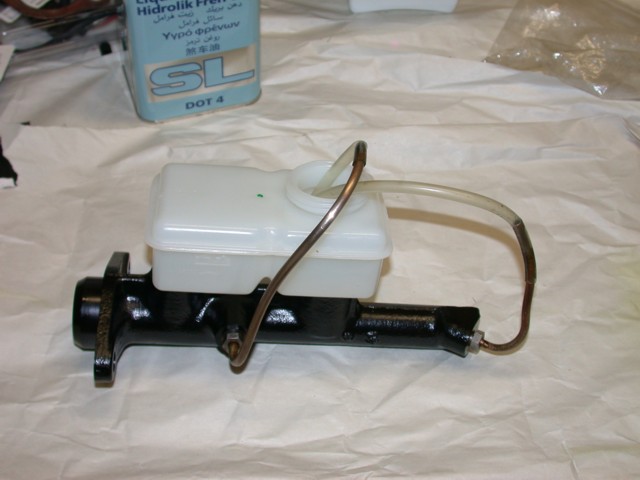mtd240
Bored Member
- Joined
- Apr 29, 2010
- Location
- Brookeville, MD
the Volvo "special tool / bleeder" has a set of chains / straps that bind the bleeder
cap to the body of the reservoir and that assembly to the master cylinder (which
keeps the res from "popping off" under pressure)...
never had to go that high before - and much more than 25 psi on the MOTIVE style
bleeder and you are running into the "danger zone" where THAT vessel can
EXPLODE (at the seams)...ask your self if' you're ready to remove paint and
staining everything in range of the BRAKE FLUID SPRAY...
as far as the sequence is concerned - use the one Art supplied (*from the greenbook*)
and you'll have no worries....all you have to do is MISS the reservoir level dropping
ONCE due to all the nipples open simultaneously and you're back at square one...
the "one at a time" method lets you see MICRO bubbles and keep a better rein on
the fluid flow...YMMV
These Volvo "special tools" are ridiculous. Seems like they were trying to prevent DIY work. More money made at the dealer. Hmm..
Anyway - I may pump the MOTIVE bleeder up to 20 psi, and rebleed the whole system again. The bleeder did run out of fluid once...but I think the reservoir was still very full (close to overflowing). The pedal is quite firm now that I bled it 3 (4 (maybe 5)) times, but it is still going slightly below the accelerator pedal when depressed fully. Doesn't seem right. I think all of the problems are caused by an incomplete bleed.
Could it still be the master cylinder? The pedal isn't sinking slowly as I press on it.
Thanks guys
Mike




